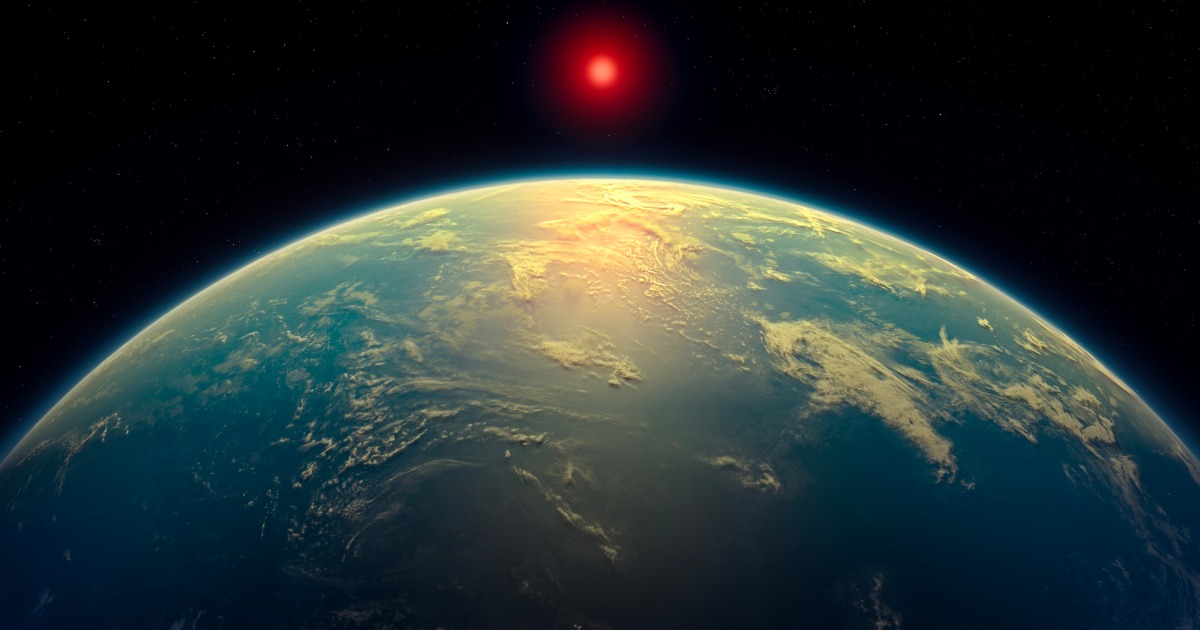
Protective Layer
In space and astronautical engineering, a protective layer refers to a material or coating that is applied to a spacecraft or satellite to protect it from the harsh environment of space. This layer is designed to shield the spacecraft from extreme temperatures, radiation, micrometeoroids, and other debris that could damage or destroy the spacecraft. The protective layer can be made of various materials, such as ceramics, polymers, or metals, and can be applied in different ways, such as spraying, painting, or laminating. The thickness and composition of the protective layer depend on the specific mission requirements and the expected environmental conditions. The protective layer is a critical component of any spacecraft or satellite, as it ensures the survival and functionality of the mission.
Your Previous Searches
Random Picks
- ATLAS (Atmospheric Laboratory For Applications And Science) Mission: ATLAS (Atmospheric Laboratory For Applications And Science) Mission is a NASA mission that aims to study the Earth's atmosphere and its interaction with the Sun. The mission involves the deployment of a set of instruments on a commercial sa ... Read More >>
- Recycling Techniques: Recycling techniques refer to the methods and processes used to convert waste materials into new products with the aim of reducing the consumption of raw materials and energy. In the context of space and astronautical engineering, recycling ... Read More >>
- Jovian Planets: Jovian planets, also known as gas giants, are a class of planets that are primarily composed of hydrogen and helium. These planets are much larger than terrestrial planets and have thick atmospheres with no solid surface. The four Jovian pl ... Read More >>
Top News

This week on "Sunday Morning" (April 20)...
A look at the features for this week's broadcast of the Emmy-winning program, hosted by Jane Pauley....
News Source: CBS News on 2025-04-17

Scientists detect strongest hints yet of life on a distant planet...
Scientists have detected unique chemical patterns similar to those produced by the Earth's algae and seaweed — raising the possibility of the presence of a warm ocean, perhaps teeming with life, on ...
News Source: NBC News on 2025-04-17

Is there life on another planet? Scientists find the strongest evidence yet...
Near a planet far, far away astronomers have found traces of chemicals that on Earth are only produced by living beings....
News Source: Al Jazeera English on 2025-04-17

Scientists find strongest evidence yet of life on an alien planet | CNN...
In a potential landmark discovery, scientists using the James Webb Space Telescope have obtained what they call the strongest signs yet of possible life beyond our solar system, detecting in an alien ...
News Source: CNN on 2025-04-17
Katy Perry's trip to space wasn't inspirational. It was tone-deaf marketing....
Katy Perry indulged in a space tourism trip Monday, courtesy of Jeff Bezos' company. It's the latest in a long line of missteps for the singer....
News Source: Business Insider on 2025-04-14